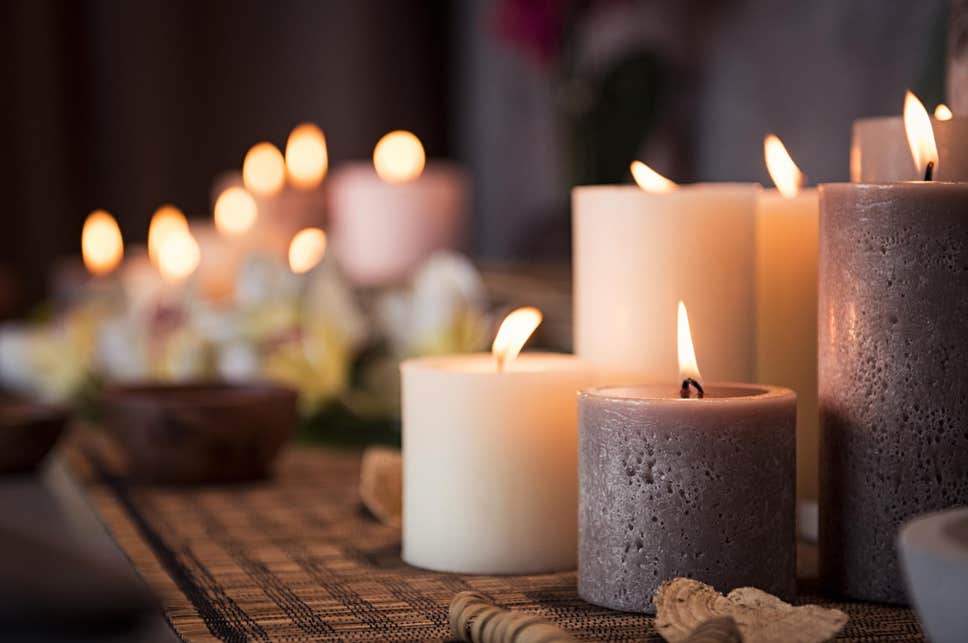It’s Self Care Sunday – maybe you draw yourself a bath surrounded by a six pack of vanilla scented tealights, or you play some Lo-fi beats accompanied by burning a stick of incense as you embark on work for your next deadline. Whichever way you’re spending your Sundays it turns out that if you’re doing it alongside burning a scented candle or incense, you may be harming yourself and the environment.
Traditionally incense is made from natural aromatic materials such as sage, wood, oils and resins. However, more materials are added to enhance the fragrance and to increase their ability to combust, which aren’t quite as clean. Most candles are made of paraffin wax, which is derived from crude oil.
Apart from coming from a non-renewable source, when these candles or incense are burned, they emit volumes of pollutants which are detrimental to the environment. Carbon dioxide, carbon monoxide, nitric oxide and sulphur dioxide are all prime examples of emissions found in the smoke.
Whilst the amount of these chemicals emitted is small during an hour or two of burning time, they are sufficient to result in indoor concentrations exceeding maximum outdoor concentrations of these pollutants deemed by the US Environmental Protection Agency’s National Ambient Air Quality Standards.
Fine particulate matter is also emitted in great quantities from candle and incense burning, enough that it poses a health risk from inhalation of these particles.
Very long-term exposure to inhalation of these particulates and pollutants can cause wheezing, coughing and eventually respiratory or cardiovascular diseases. They can be especially harmful for people with pre-existing respiratory conditions like asthma.
Studies have identified volatile organic compounds such as benzene as well as formaldehyde in the smoke released from candles and incense. The International Agency for Research on Cancer classifies these compounds as carcinogens which are linked to forms of leukemia, multiple myeloma, and non-Hodgkin lymphoma. Arguably though, the conclusions are dubious due to scarce research.
Instead of buying paraffin candles you could opt for soy-based candles which are much cleaner and emit a tenth of the pollutants associated with paraffin wax.
Candles which have a short wick made from cotton, and without a core will produce less soot too. Also, try to buy and burn incense made from only natural materials which are only one or two pounds more expensive.
With candles that you already have, try to remember to extinguish them by snuffing them out as opposed to blowing them out.
This prevents the unwanted incomplete combustion in the brief afterglow phase which is when most of the pollutants are emitted.
When a candle is put in a draught and has insufficient oxygen supply it may also be seen to have a flickering flame and more soot is produced because of incomplete combustion again. Alternatively, we can use plants!
There is a vast array of air purifying plants out there which are great in helping to remove pollutants produced by candles and incense from the air. The colourful barberton daisy is one example which is effective in detoxifying the air, removing benzene and formaldehyde compounds.
Aloe vera, spider and snake plants and the red-edged dracaena or dragon tree are other examples. The snake plant is supposedly the hardest to kill, as it only needs low levels of light and watering once a month, sounds ideal for the busy student.
image source: Getty Images

